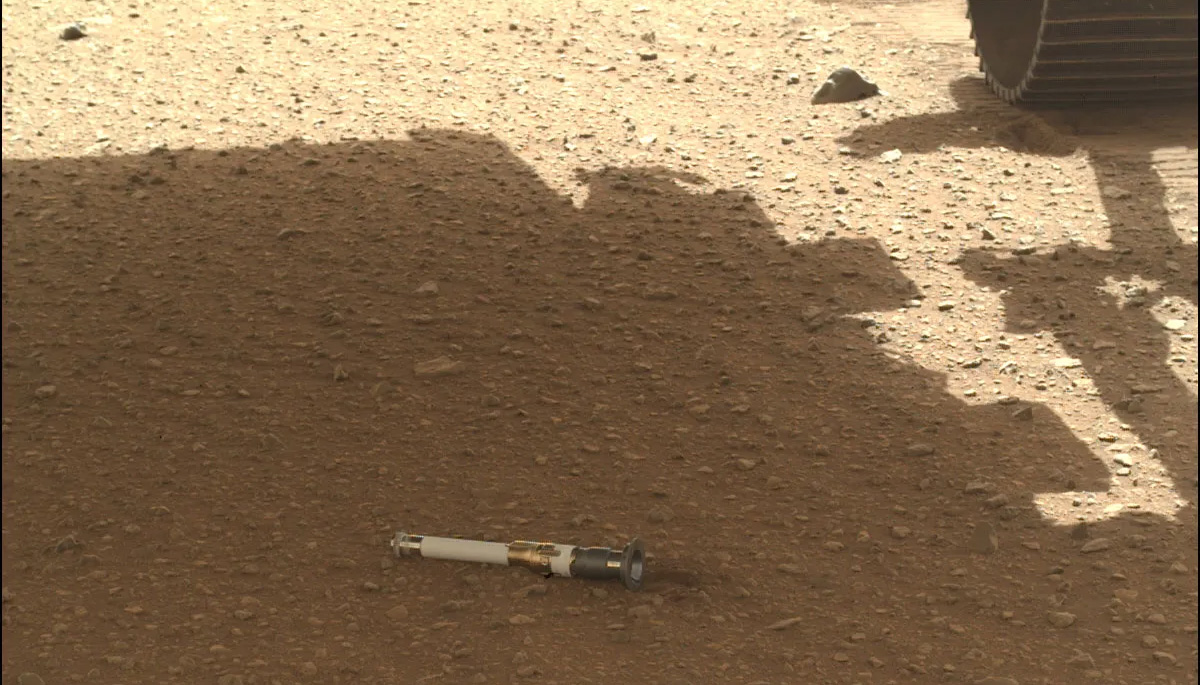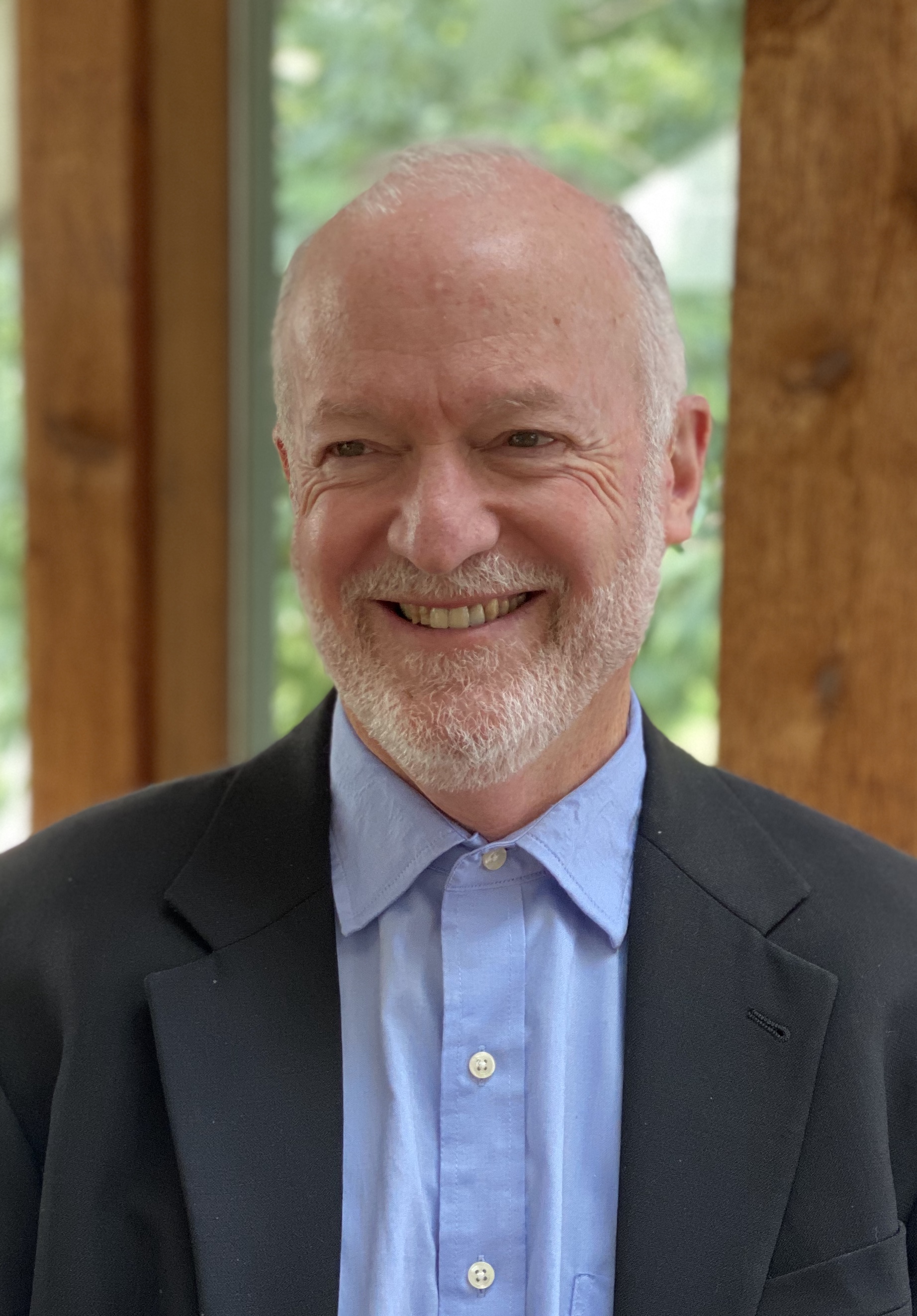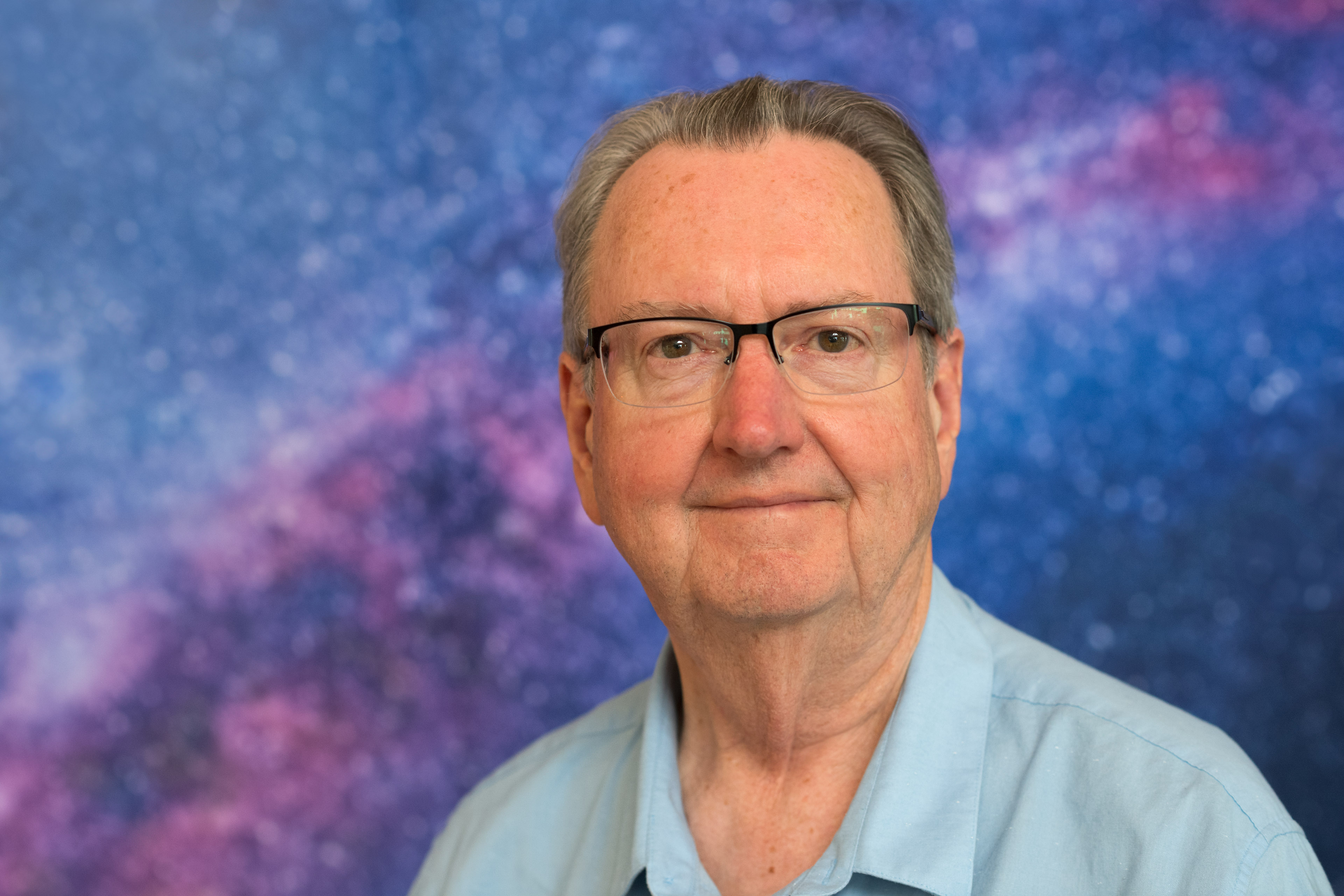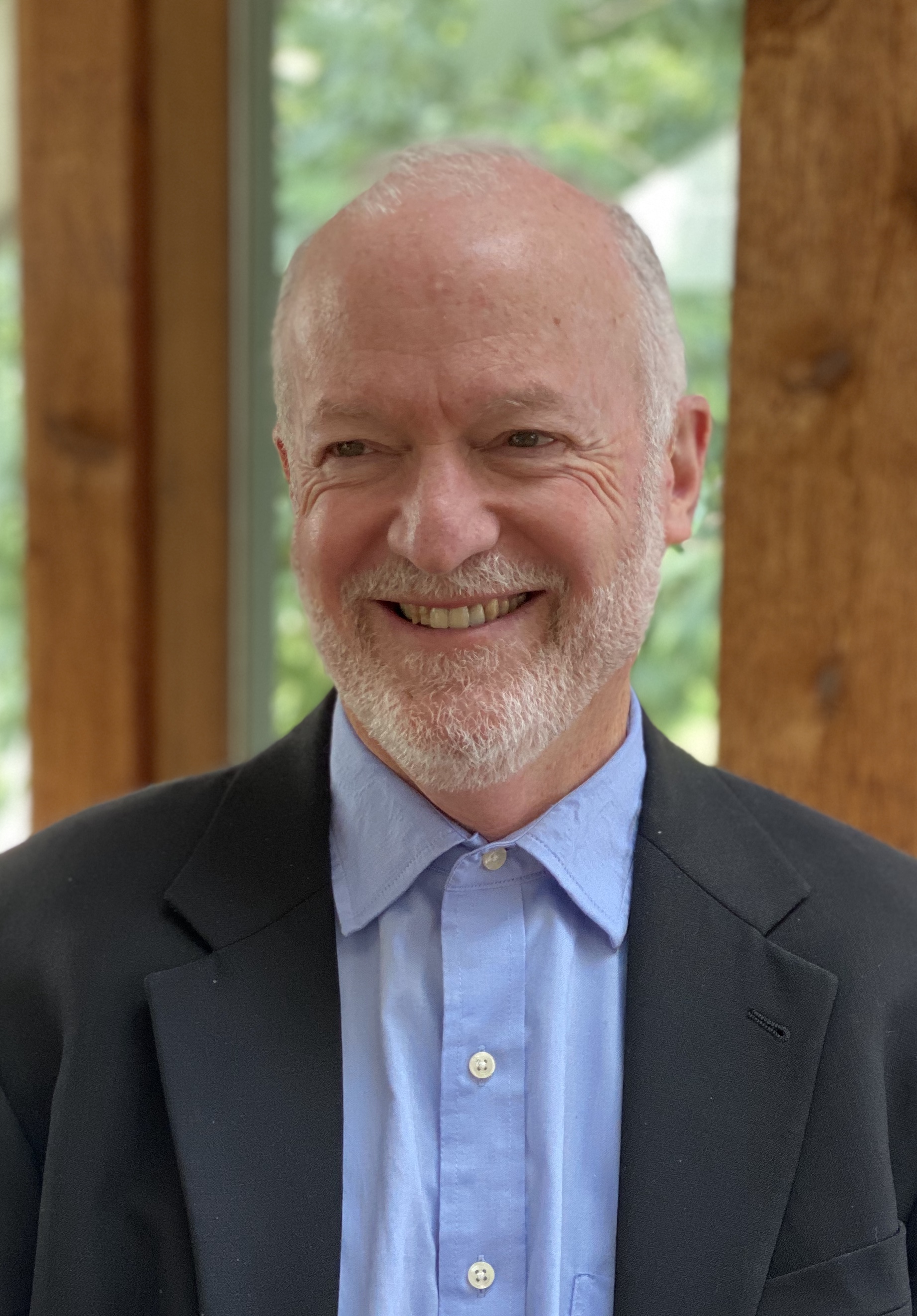Mars Sample Return now! (op-ed)

The results will be worth the effort and the cost, not just in understanding the world around us in general but also in determining if there has ever been life on Mars.

Dr. Bruce Jakosky has been a Mars researcher for almost 50 years and was the principal investigator for the MAVEN mission that explored the Martian upper atmosphere.
Dr. Scott Hubbard served as the first Mars Exploration Program Director, created NASA's Astrobiology Institute, was Center Director for NASA Ames, and founded the Stanford Center for Commercial Space Transportation.
Exploring Mars and searching for life elsewhere have been among NASA's highest priorities for at least 30 years. Returning samples of the Martian surface to Earth for study is the logical next step in these efforts. But planning by NASA for such a sample-return mission has been dropped from the President's proposed budget. The Office of Management and Budget argued that the first human mission could return samples. We want to describe the value of having samples and express our sense of urgency in achieving this goal.
The scientific arguments for returning samples from Mars are compelling. Having samples in our labs here on Earth will allow us to answer fundamental questions about the history of Mars, the evolution of planets in general, the potential for life to have existed on Mars, and whether there actually was life there at some point in its history. Either finding life, or looking and not finding any, would have profound implications for our society and for our understanding of the universe around us.
Our knowledge about Mars has progressed to the point that the questions we're asking can best be addressed with returned samples. While some have argued for simply adding more landers and rovers, the analyses that can be done in laboratories on Earth will provide much more information than can be obtained on Mars with in situ assets that have, of necessity, extremely limited scientific instrumentation.
Worldwide participation by hundreds of investigators in shared samples will increase the certainty of our knowledge, particularly if the fingerprints of life are detected. And, as we know from the Apollo experience, samples are the gift that can keep on giving, even 50 years after acquisition. If we were to decide not to return samples, or to put it off to an uncertain future time to be returned by astronauts, we would be taking a major step backward in exploring the solar system.
Furthermore, if NASA delays the return of the samples so carefully gathered by the Perseverance rover, the critical engineering and technological knowledge of how to land on Mars may be lost in the U.S. as layoffs occur. Only two countries have demonstrated the capability to navigate the tenuous atmosphere of Mars, land successfully and conduct significant science: the USA and China. By abandoning MSR, the U.S. will be conceding the first-ever MSR to China, which has announced plans to return samples by 2031.
Breaking space news, the latest updates on rocket launches, skywatching events and more!
In addition to the scientific value, analyzing returned samples will help us dramatically in preparing for upcoming human missions. Doing this would ensure that, when we do send humans, they would do the most compelling science possible. People bring with them incredible skills and insights that can be used to collect the best samples and understand the context in which they occurred. If, instead, we used astronauts to return the samples that the Perseverance rover has collected in Jezero Crater, we would not be taking advantage of these abilities. In essence, we would be sending astronauts to do what a robotic mission could do.

Dr. Bruce Jakosky has been a Mars researcher for almost 50 years and was the Principal Investigator for the MAVEN Mission that explored the Martian upper atmosphere.

Dr. Scott Hubbard served as the first Mars Exploration Program Director, created NASA's Astrobiology Institute, was Center Director for NASA Ames, and founded the Stanford Center for Commercial Space Transportation.
Returning samples in advance of human missions also allows us to reduce the risk in the human missions themselves. We could determine whether there is a risk to human health from Martian dust. We could demonstrate the first round-trip travel to Mars, and we could address important problems in planetary protection so that we don't put the Earth at risk from possible Martian microbes. While the implementation of these solutions certainly won't be the same for human missions as it is for samples, solving them for samples first would give us an incredible advantage in determining how we would solve them for human missions.
The underlying rationale for sending people has to be compelling enough to justify the risk to lives and the cost of the missions. Science provides much of that rationale. We have the opportunity today to implement exploration and science in a way that makes sense from a programmatic, budgetary, and risk perspective, starting with the Mars sample-return mission. The results will be worth the effort and the cost, not just in understanding the world around us in general but also in determining if there has ever been life on Mars. And isn't that what space exploration is all about?

Dr. Bruce Jakosky has been a Mars researcher for almost 50 years and was the principal investigator for the MAVEN Mission that explored the Martian upper atmosphere.
You must confirm your public display name before commenting
Please logout and then login again, you will then be prompted to enter your display name.
